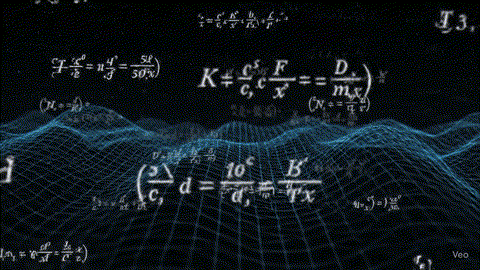The Quantum Threat
Quantum computers pose an existential threat to current cryptographic systems. Shor's algorithm can break RSA and ECC encryption, while Grover's algorithm reduces symmetric key security by half.
Current Vulnerabilities
Most cryptographic systems in use today rely on:
- RSA encryption: Vulnerable to Shor's algorithm
- Elliptic Curve Cryptography (ECC): Also vulnerable to quantum attacks
- AES-256: Reduced to AES-128 equivalent security
Post-Quantum Cryptography
Lattice-Based Cryptography
Lattice problems are believed to be hard even for quantum computers. Examples include:
- NTRU: Fast encryption and digital signatures
- Learning With Errors (LWE): Foundation for many post-quantum schemes
Hash-Based Cryptography
Using cryptographic hash functions for signatures:
- XMSS: Stateful hash-based signatures
- SPHINCS+: Stateless hash-based signatures
Code-Based Cryptography
Using error-correcting codes:
- McEliece: Public-key encryption scheme
- Classic McEliece: NIST standardized version
The ENI6MA Approach
Our solution doesn't rely on computational hardness assumptions. Instead, we use:
Information-Theoretic Security
Mathematical proofs that don't depend on computational limits, making them inherently quantum-resistant.
Cognitive Authentication
Leveraging human cognitive patterns creates security that's independent of computational power.
Migration Strategy
Organizations should:
- Inventory current systems: Identify vulnerable cryptographic implementations
- Plan migration: Develop timeline for post-quantum upgrades
- Hybrid approaches: Use both classical and post-quantum algorithms during transition
- Test thoroughly: Validate new systems before full deployment
Conclusion
The quantum threat is real and approaching. Organizations must begin preparing now for the post-quantum era, focusing on information-theoretic security and cognitive authentication methods.
#quantum-computing #post-quantum-cryptography #lattice-based #hash-based #information-theoretic #ENI6MA
